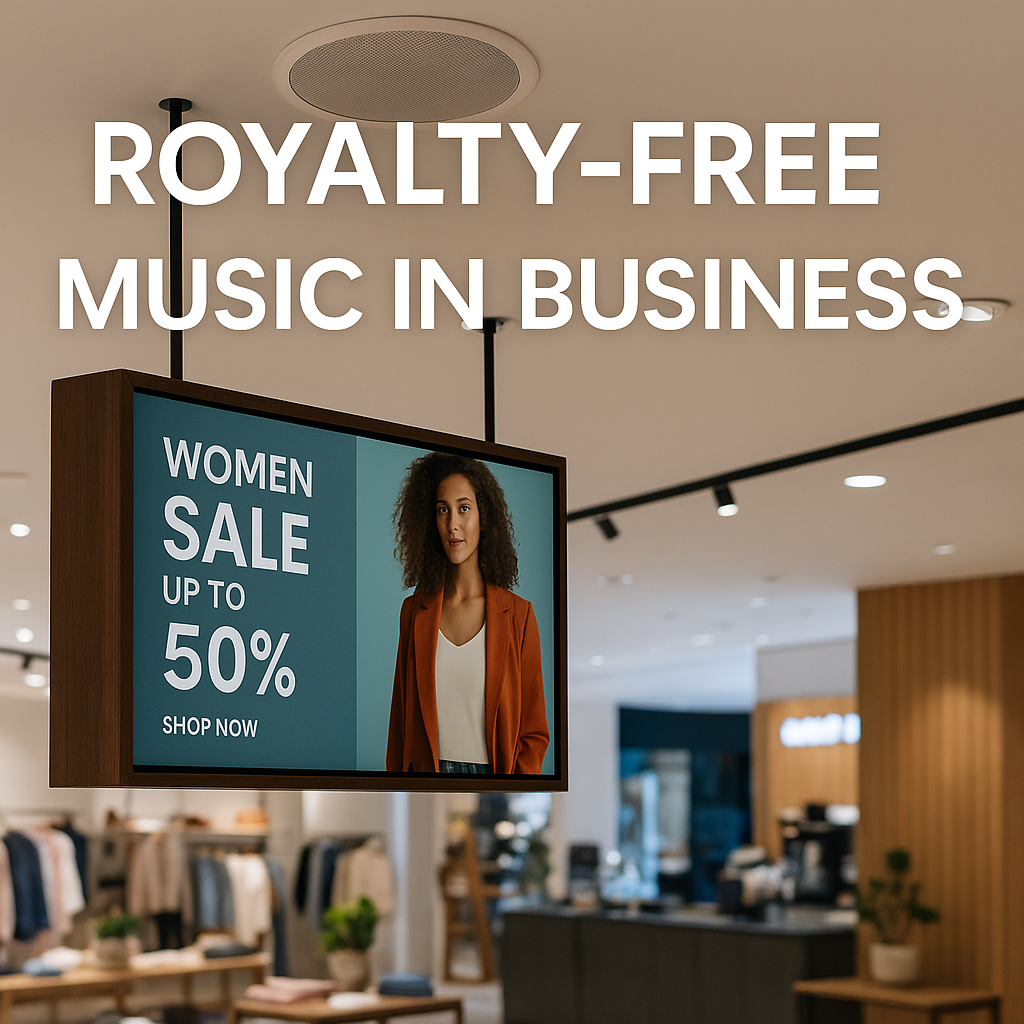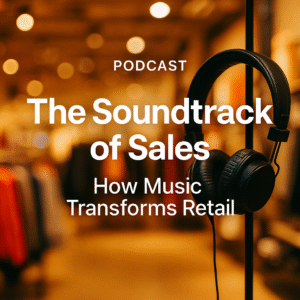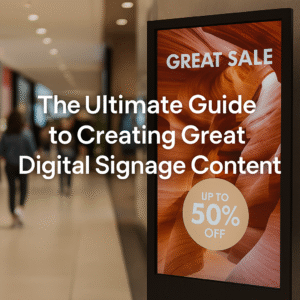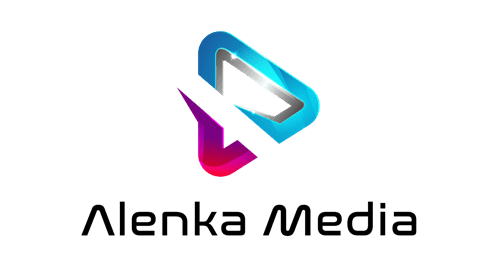Music has become more than just background noise. It’s now a strategic part of the customer experience in retail stores, restaurants, spas, and hotels. It sets the tone, reflects your brand personality, and influences how customers feel and behave. But with traditional music licensing being complex and costly, many businesses are turning to another solution: direct licensing, or as it’s more commonly known, royalty-free music.
Direct licensing is no longer a fringe concept. Thanks to better technology and a global push for flexible licensing models, it’s now a mainstream, cost-effective, and legally secure option for businesses worldwide.
What Is Direct Licensing (Royalty-Free Music)?
Direct licensing allows businesses to legally use music without paying royalties to traditional performance rights organizations (PROs) like ASCAP, BMI, PRS, or SACEM. Instead, they acquire rights directly from music creators or through specialized platforms. It’s often a subscription model that covers unlimited use within defined terms, freeing businesses from complex reporting, unpredictable fees, and legal uncertainty.
Why Businesses Are Choosing Direct Licensing
Lower Long-Term Costs
Traditional PRO licenses often come with recurring annual fees based on venue size, audience count, or business type. Royalty-free music typically involves a single license fee or a flat subscription, which is much more budget-friendly, especially for small to mid-sized businesses.
Full Legal Coverage
Direct licensing simplifies compliance. You’re covered for public performance, streaming, and distribution within the scope of your agreement. No guesswork, no grey areas, and no risk of surprise fines from rights organizations.
On-Brand Soundtracks
Royalty-free platforms offer thousands of tracks in different moods, genres, and tempos, which are perfect for tailoring music to your brand vibe. From calming lo-fi beats in cafés to high-energy electronic tracks in gyms, you can curate playlists that genuinely fit your customer environment.
International Use Without Red Tape
Many direct licensing agreements include worldwide rights, allowing businesses to use music across international outlets or online platforms without renegotiating terms for each territory.
Unique Audio Identity
Using royalty-free tracks means avoiding mainstream radio hits that are often overplayed. This creates a distinctive atmosphere and helps customers associate your brand with a unique sound.
Where Direct Licensing Shines: Real-World Applications
Retail Chains: Boosting brand identity with curated playlists across multiple store locations.
Restaurants & Cafés: Enhancing the dining atmosphere with relaxing, non-disruptive audio.
Hotels and Resorts: Offering region-specific soundtracks to match local culture and guest preferences.
Wellness Centers: Using ambient or meditative music to support relaxation.
Corporate Offices: Elevating professional environments with consistent, brand-aligned sound.
Where Direct Licensing Isn’t Yet Recognized
While direct licensing is gaining popularity, a few countries still enforce traditional PRO-based systems. In these regions, using royalty-free music might still require clearance through local PROs.
Countries with limited recognition of direct licensing include:
• France
• Hungary
• Italy
• Spain
• Austria
• Greece
Why Some Countries Resist Direct Licensing
Centralized Control: PROs like SACEM (France) and SGAE (Spain) operate under centralized frameworks, which don’t recognize third-party licenses.
Cultural Protection: Some governments believe centralized licensing protects local music industries and ensures fair artist compensation.
Legal Mandates: In several countries, copyright law mandates that public performances must be licensed through national PROs.
Lack of Infrastructure: Limited recognition and slow adoption of new licensing tech create bottlenecks.
Enforcement Simplicity: Centralized systems make compliance checks easier for authorities and businesses alike.
Operating in Countries Without Direct Licensing
If you’re in a country where direct licensing isn’t accepted, here are some practical alternatives:
Negotiate With Local PROs: Some organizations now offer simplified, tiered pricing or packages for small businesses.
Use Local Talent: Hire regional artists to compose original music and own the rights outright.
Create In-House Audio Content: Commission custom music to bypass external licensing issues entirely.
Where Direct Licensing Is Thriving
In markets like the United States, Canada, the UK, Australia, and much of Southeast Asia, direct licensing is flourishing. Thanks to a mix of flexible copyright laws, widespread digital adoption, and the growth of streaming platforms, royalty-free music is now a staple for thousands of businesses worldwide.
The Future: AI, Streaming, and Customization
Expect direct licensing to become even more powerful with the integration of AI-driven music programming. Services like Alenka SmartMusic offerg mood-based playlisting, dayparting automation, and intelligent recommendations tailored to real-time business needs.
Blockchain may also play a role, enabling transparent rights management and royalty tracking. This could open the door to fairer compensation for artists while simplifying usage reporting for businesses.
The Bottom Line
Direct licensing is more than a workaround, it’s a strategic solution for modern businesses looking to streamline operations, personalize their brand experience, and reduce legal risks. While not universally accepted yet, it’s already changing the way businesses think about music.
As the music industry continues to evolve, businesses that embrace royalty-free music will be better equipped to create memorable, legally sound, and emotionally impactful customer environments without breaking the bank.





